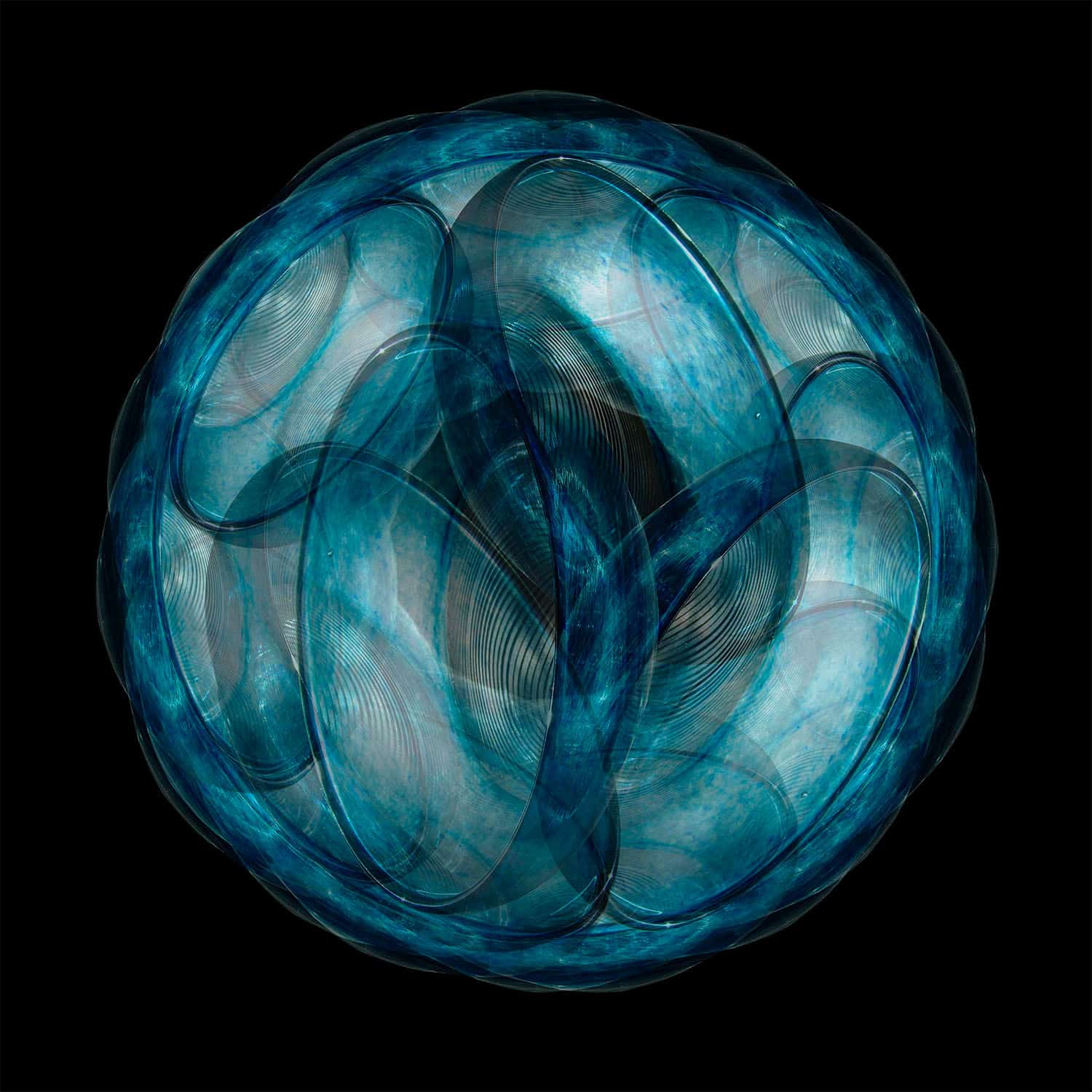Laurent Ballesta has won the title of Wildlife Photographer of the Year 2023 with an arresting image of a tri-spine horseshoe crab. ‘The Golden Horseshoe’ was taken in the protected waters of Pangatalan Island, The Philippines. It features the gold carapace of the creature as it moves over the sea bed to search for food, with a triumvirate of golden trevallies above.
Ballesta is a professional marine life naturalist and photographer who is based in France, and has led several underwater expeditions. He won the overall Adult Grand Title of the 2023 Wildlife Photographer competition.
Editor and Chair of the Jury, Kathy Moran said: ‘to see a horseshoe crab so vibrantly alive in its natural habitat, in such a hauntingly beautiful way, was astonishing. To understand that what we were looking at was an ancient species, highly endangered and also critical to human health – I was amazed. This photo is luminescent.’
The tri-spine horseshoe crab is an ancient species that has survived for over 100 million years, although it is classified as endangered by the International Union for Conservation of Nature. Its natural habitats in waters around Japan, Thailand, and China have been threatened by overfishing, rising sea temperatures, and pollution.
It is not technically a crab, but more closely resembles a scorpion. It has a large horseshoe-shaped plate that can grow up to 79.5cm long. The female of the species is larger than the male, although there are significant geographical variations in size. It feeds on molluscs, worms, invertebrates and algae.
The title of Young Wildlife Photographer of the Year 2023 was won by 17-year old Carmel Bechler from Israel, with a shot of two barn owls who have inhabited an abandoned roadside building. The photograph is taken from the opposite side of the road, and Bechler used long exposure to capture light trails from passing traffic.
Kathy Moran, Editor and Chair of the Jury, commented: ‘this photograph has so many layers in terms of content and composition. The eye travels across the road, through traffic before spotting the owls. It simultaneously screams habitat destruction and adaptation, begging the question: if wildlife can adapt to our environment, why can’t we respect theirs?’
Barn owls are well-loved for their distinctive heart-shaped faces and white undersides with tawny brown wings. As their name suggests, they will roost in the eaves of barns and abandoned buildings, and also in hollowed out tree trunks. Their native habitats include farmland, grassland, wetlands, and coastal areas.
The population of barn owls has been threatened by the use of pesticides such as DDT during the 1950s and 60s, which depleted and contaminated their natural food sources such as mice, voles, and shrews. Israel has one of the largest barn owl populations in the world, and a national scheme has provided nesting boxes near agricultural sites.
Dr Doug Gurr, director of the Natural History Museum, said: “While inspiring absolute awe and wonder, this year’s winning images present compelling evidence of our impact on nature. Global promises must shift to action to turn the tide on nature’s decline.”
A further 25 images from the competition will be entered for the Peoples’ Choice Award, with the winners announced in February 2024.
Visit framers in north London to showcase your own spectacular nature shots (or just a picture of your cat).
